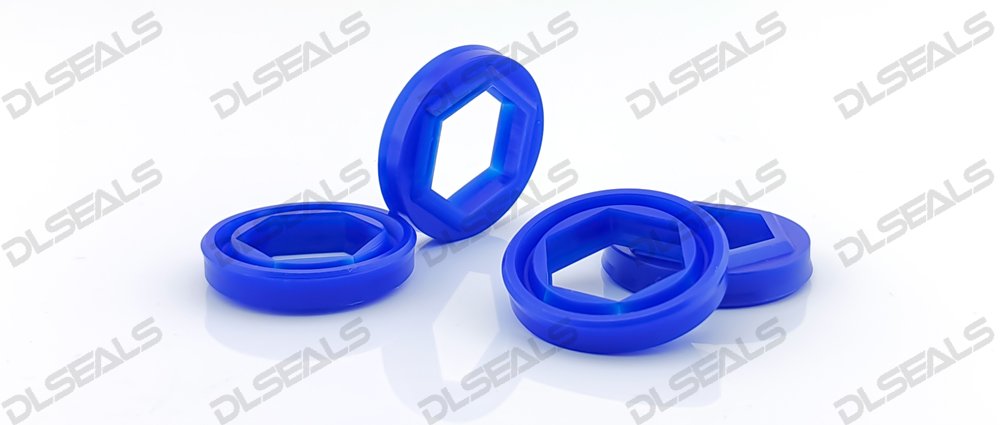Rubber seals play a crucial role in a wide range of applications across various industries, from automotive and aerospace to manufacturing and construction. These versatile components provide essential functions such as sealing, damping, and protecting against environmental elements. Understanding the unique properties of rubber seals is essential for selecting the right material for specific applications.
Material Composition: Rubber seals are typically made from synthetic rubber compounds such as silicone, EPDM (ethylene propylene diene monomer), neoprene, or nitrile rubber. Each material offers distinct properties suitable for different environments and conditions. For example, silicone rubber excels in high-temperature applications, while EPDM is preferred for its excellent weather resistance.
Flexibility and Elasticity: One of the key characteristics of rubber seals is their flexibility and elasticity, allowing them to conform to irregular surfaces and maintain a tight seal under varying pressures. This property is particularly important in applications where dynamic movements or vibrations are present, such as automotive engine components and hydraulic systems.
Chemical Resistance: Rubber seals are often exposed to a wide range of chemicals, oils, and solvents depending on the application. The chemical resistance of the rubber material is critical to ensure long-term performance and prevent degradation. For instance, nitrile rubber exhibits excellent resistance to oils and fuels, making it suitable for use in automotive seals and gaskets.
Temperature Stability: Another important property of rubber seals is their ability to withstand extreme temperatures without losing their sealing capabilities. Different rubber compounds have varying temperature ranges, with some designed to withstand temperatures as low as -50°C (-58°F) or as high as 250°C (482°F). This makes them suitable for applications in harsh environments such as refrigeration systems or industrial ovens.
Durability and Longevity: Rubber seals are expected to endure continuous use and exposure to environmental factors without deteriorating prematurely. The durability of a rubber seal depends on factors such as material quality, design, and installation. Proper maintenance and periodic inspections are also essential for maximizing the lifespan of seals and preventing costly downtime.
Sealing Mechanisms: Rubber seals employ different sealing mechanisms depending on the application requirements. Common sealing methods include compression seals, O-rings, lip seals, and gaskets. Each type of seal offers unique advantages in terms of sealing effectiveness, installation ease, and compatibility with specific mating surfaces.
Customization Options: Manufacturers offer a wide range of customization options for rubber seals to meet the unique requirements of different applications. This includes varying the material composition, dimensions, hardness levels (durometer), and surface treatments. Customized seals ensure optimal performance and compatibility with specific operating conditions.
In conclusion, rubber seals are versatile components that play a vital role in ensuring the reliability and efficiency of various mechanical systems and equipment. Understanding the unique properties of rubber seals is essential for selecting the right material and design for specific applications, thereby optimizing performance, longevity, and cost-effectiveness.
Post time: May-07-2024

